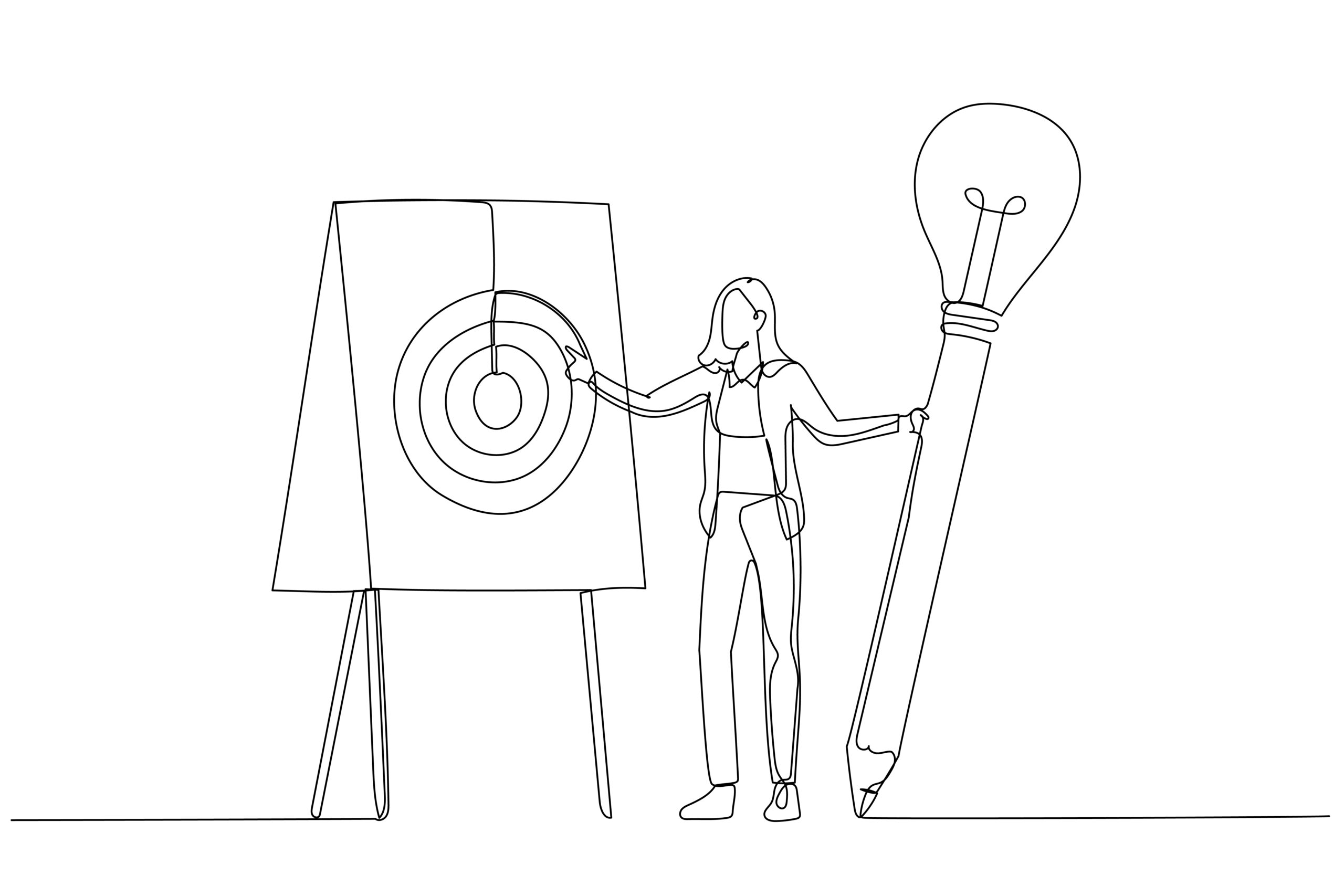When most consider mindfulness, it is quickly associated with sitting cross-legged on the floor with your eyes closed meditating. This notion isn’t necessarily false; however, it is highly impractical for the office. Instead, think about it as having full awareness of all that’s going on around you as it is happening— being in-the-moment. The practice of mindfulness found its way into mainstream businesses after experts began linking its effectiveness to superior work performance, hence more and more top name companies are encouraging its implementation.
The key component to practicing mindfulness at work is learning ways to target your goals without drowning in the sea of irrelevant thoughts that flood the mind, causing a mental blockage. A recent Harvard study reported that a person can potentially spend 47% of their day lost in thought, operating from a subconscious space that contributes very little to their productivity. This state of mindlessness is often compared to the cruise control function in your car. Technically, you’re driving, but realistically, you’re just sitting there while the car does the work. And as convenient as that is for our commute home, it’s hardly as applicable when trying to get work done.
The great thing about practicing mindfulness at work is that it doesn’t have to be a 30 minute break every time you feel overwhelmed or distracted. Psychologists firmly stand behind training the brain for just a few minutes throughout the day with simple exercises such as:
- Mindful Breathing. Being still and focused on your breathing pattern for one minute develops your sense of awareness.
- Mindful Observation. Looking at an object for a minute or two, paying attention to every aspect of its silhouette helps you notice and appreciate seemingly simple elements that are otherwise overlooked.
- Mindful Listening. Listening to music you have never heard before trains the mind to listen from a neutral standpoint with no preconceptions.
A 2016 case study conducted by The Mindfulness Initiative revealed that those practicing mindfulness have:
- improved relationships with colleagues
- stronger decision-making ability
- better quality work with fewer errors
- a desire to find new perspectives
- a greater awareness of self and others
As you continue to incorporate mindfulness into your daily practice, your brain will gradually become conditioned to be naturally focused and consciously present. You’ll find yourself checking more items off your checklist and triggering a desire to accomplish more. And, as an added bonus, your days of being unproductive and unmotivated will be a thing of the past.





